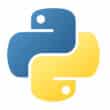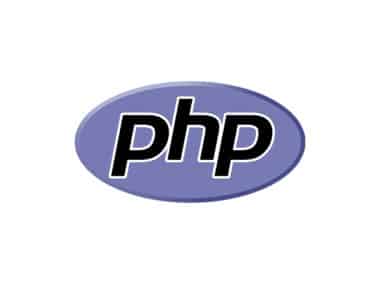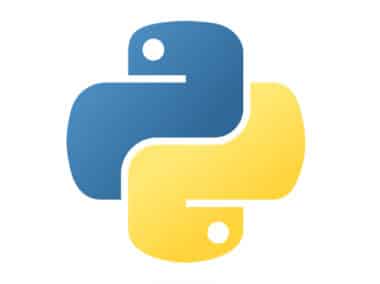Functions are an essential part of any programming language, and Python is no exception. A function is a block of code that performs a specific task, and you can use it repeatedly throughout your program. In this document, we will discuss how to define and call functions in Python programming language, passing arguments, and returning values.
Defining a Function
In Python, you can define a function using the def keyword, followed by the function name and parentheses. Inside the parentheses, you can specify any arguments that your function will take. After the parentheses, you add a colon and then indent the code block that makes up the function.
Here is an example:
def greet(name):
print("Hello, " + name + "!")
In this example, we defined a function called greet that takes one argument called name. The function prints out a greeting that includes the name passed in as an argument.
Calling a Function
To call a function in Python, you simply use its name followed by parentheses. If the function takes arguments, you pass them inside the parentheses.
Here is an example:
greet("Bob")
In this example, we called the greet function and passed in the name “Bob” as an argument. The function printed out the greeting “Hello, Bob!”.
Passing Arguments
Functions can take any number of arguments, and you can specify them inside the parentheses when you define the function.
For instance, consider the following example of a function that takes two arguments:
def add_numbers(x, y):
result = x + y
print(result)
In this example, we defined a function called add_numbers that takes two arguments, x and y. The function adds the two numbers together and prints out the result.
You can also pass arguments to a function using keyword arguments. In this case, you specify the name of the argument followed by the value you want to pass in. Here is an example:
def greet(name, greeting):
print(greeting + ", " + name + "!")
In this example, we defined a function called greet that takes two arguments, name and greeting. The function prints out a greeting that includes the name and the greeting passed in as arguments. We can call this function using the following code:
greet(name="Bob", greeting="Hi")
This will print out the greeting “Hi, Bob!”.
Returning Values
Functions can also return values, which you can then use in your program. To return a value from a function, you use the return keyword followed by the value you want to return.
Here is an example:
def multiply_numbers(x, y):
result = x * y
return result
In this example, we defined a function called multiply_numbers that takes two arguments, x and y. The function multiplies the two numbers together and returns the result.
To use the value returned by the function, you can assign it to a variable:
result = multiply_numbers(3, 5)
print(result)
In this example, we called the multiply_numbers function with the arguments 3 and 5. The function returned the result 15, which we assigned to the variable result. We then printed out the value of result, which is 15.
Conclusion
Functions are a powerful tool in Python programming language, and they allow you to write reusable code that can save you time and effort. By understanding how to define and call functions, pass arguments, and return values, you can take advantage of this powerful feature in your own programs.
By using functions, you can break up your code into smaller, more manageable pieces. This can make your code easier to read and understand, as well as easier to maintain and modify. Additionally, functions can help you avoid repetition by allowing you to reuse code that you have already written.
In Python, you can pass arguments to functions in a number of ways, including using positional arguments, keyword arguments, and default arguments. You can also return multiple values from a function using tuples, and you can use variable-length argument lists using the *args and **kwargs syntax.
Finally, it’s important to note that functions can be defined and called anywhere in your Python code. This means that you can define a function at the beginning of your program and call it later on, or you can define a function within another function.
Overall, functions are a key part of Python programming language, and they are essential for writing clean, efficient, and reusable code. So, whether you are a beginner or an experienced programmer, it’s important to understand how to define and call functions in Python.




